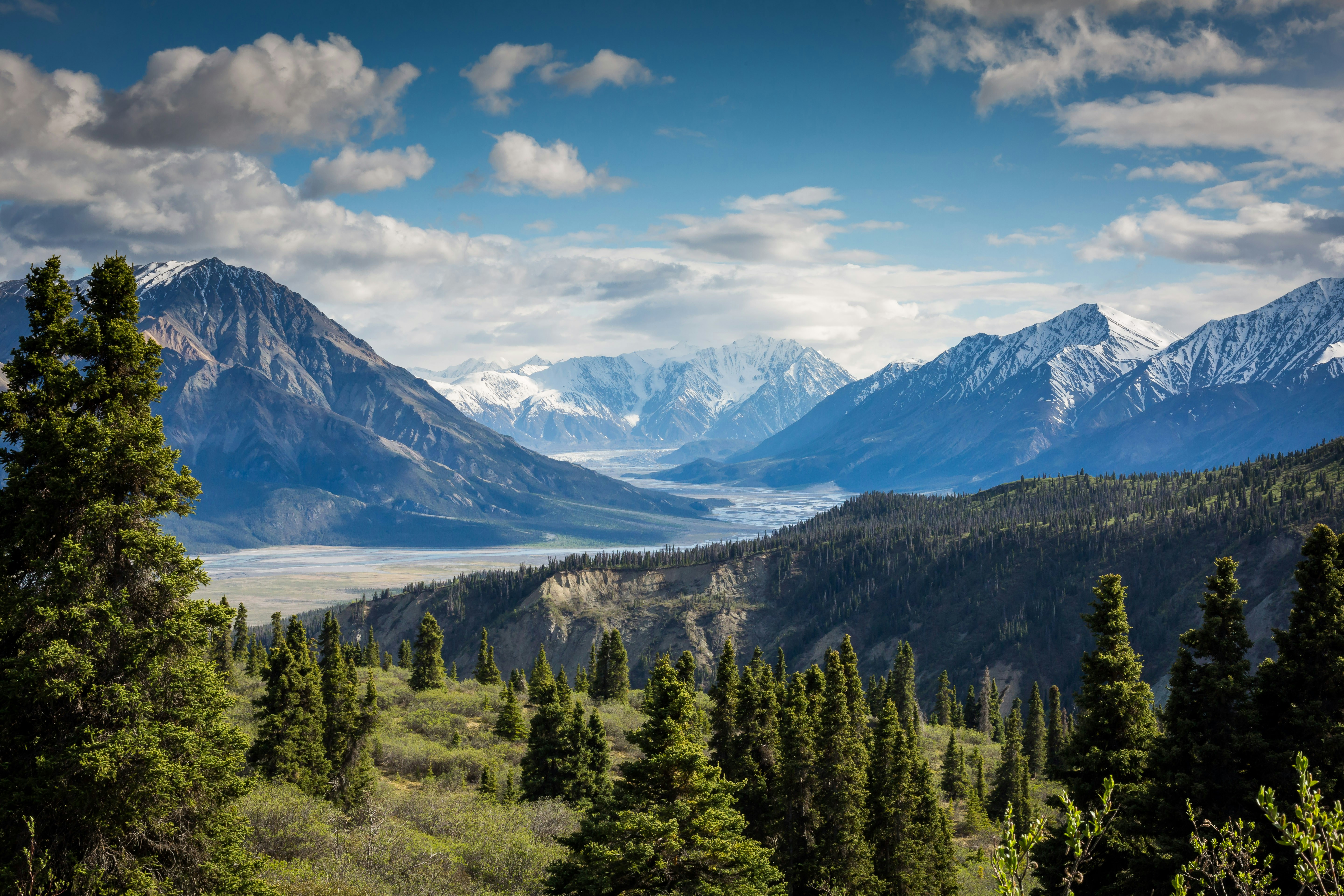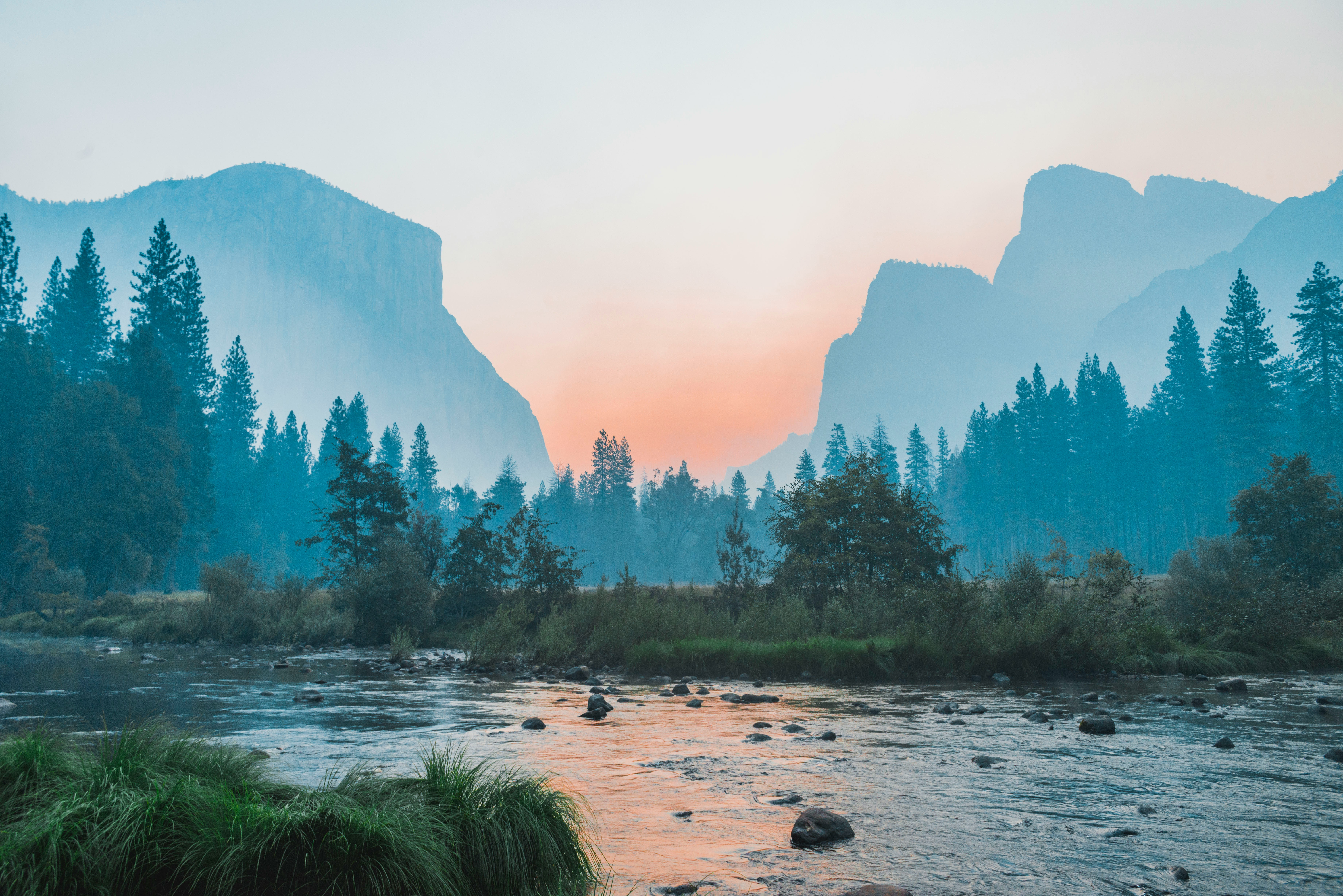
Choosing the best camera settings for landscape photography
2025-04-25



Choosing the Best Camera Settings for Landscape Photography
Landscape photography is a popular genre among photographers, as it allows us to capture the beauty of nature in all its glory. However, getting the perfect shot can be a challenging task, especially when it comes to choosing the right camera settings. In this blog post, we will discuss some practical tips on how to select the best camera settings for landscape photography to help you improve your skills and take stunning photos.
Introduction
When it comes to landscape photography, the right camera settings can make all the difference in capturing the essence of a scene. Whether you are shooting a sunrise over the mountains or a sunset on the beach, understanding how to adjust your camera settings can help you achieve the perfect shot. From aperture and shutter speed to ISO and white balance, each setting plays a crucial role in creating a visually appealing image.
Practical Tips
Aperture
One of the most important camera settings to consider in landscape photography is the aperture. A narrow aperture (higher f-stop number) such as f/11 or f/16 is ideal for capturing sharp details in the entire scene, from the foreground to the background. This setting is commonly used in landscape photography to ensure that everything in the frame is in focus. However, it is essential to keep in mind that using a narrow aperture can result in a slower shutter speed, so be sure to use a tripod to avoid camera shake.
Shutter Speed
Another crucial camera setting to consider in landscape photography is the shutter speed. A slower shutter speed is often used to create a sense of movement in elements such as waterfalls or clouds, while a faster shutter speed is ideal for capturing fast-moving subjects or reducing camera shake. Experimenting with different shutter speeds can help you achieve the desired effect in your landscape photos.
ISO
ISO determines the sensitivity of your camera's sensor to light. A lower ISO (such as 100 or 200) is ideal for shooting in bright conditions, while a higher ISO (such as 800 or 1600) is necessary for low-light situations. However, using a high ISO can result in noise or grain in your photos, so it is essential to find the right balance between ISO and other camera settings to achieve the best results.
White Balance
White balance is another crucial camera setting to consider in landscape photography. Adjusting the white balance can help you capture the true colors of a scene, whether you are shooting under natural light or artificial light. Experimenting with different white balance settings can help you achieve the desired color temperature in your landscape photos.
Composition
In addition to camera settings, composition plays a significant role in landscape photography. Pay attention to elements such as leading lines, symmetry, and the rule of thirds to create visually appealing images. Experimenting with different compositions can help you improve your skills and take your landscape photos to the next level.
Conclusion
Choosing the best camera settings for landscape photography can be a challenging task, but with the right knowledge and practice, you can improve your skills and take stunning photos. From aperture and shutter speed to ISO and white balance, each setting plays a crucial role in capturing the beauty of nature in all its glory. Experimenting with different camera settings and compositions can help you find your unique style and create visually appealing images that showcase the beauty of the world around us. So grab your camera, head outdoors, and start capturing the beauty of nature through landscape photography!